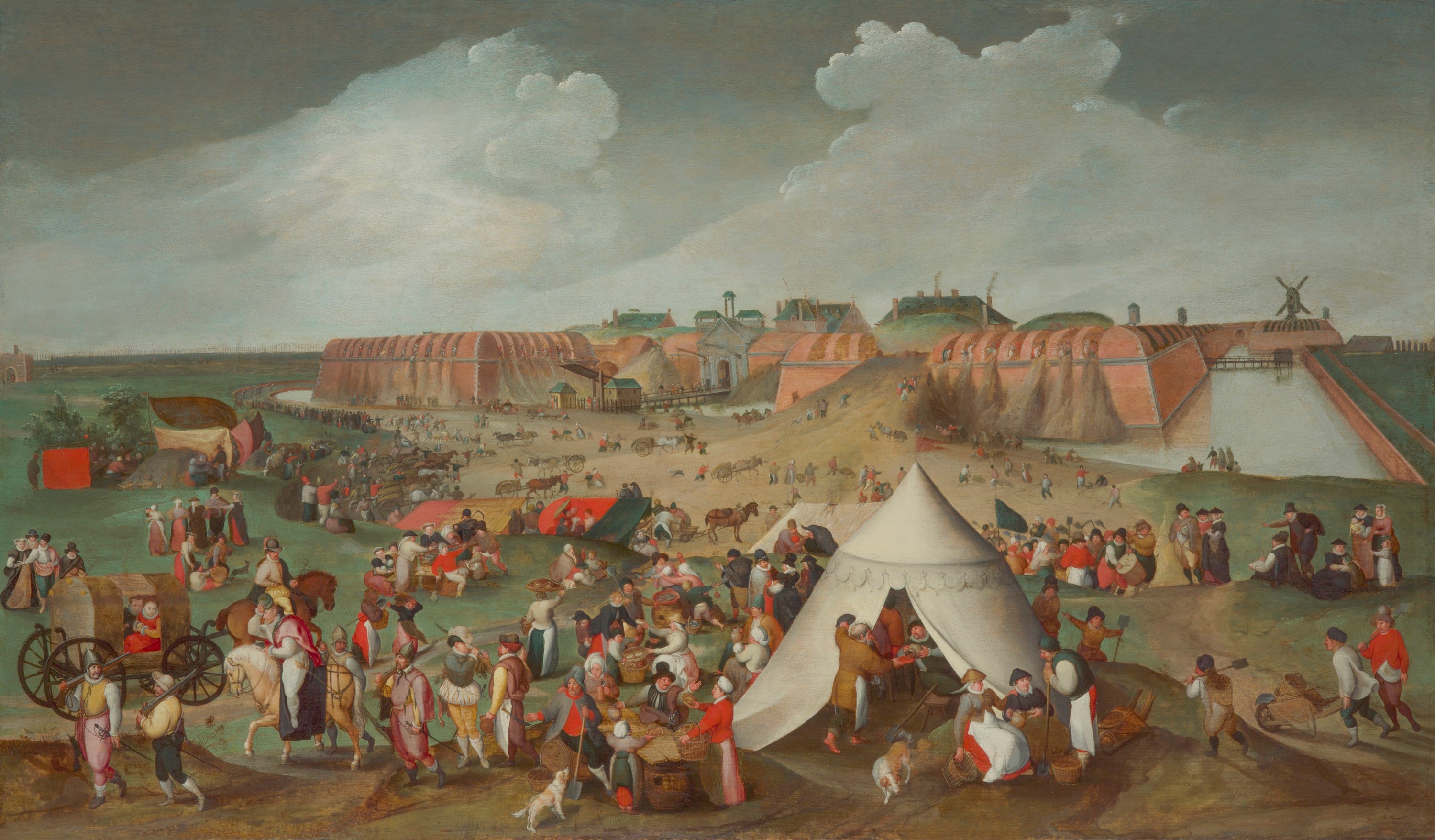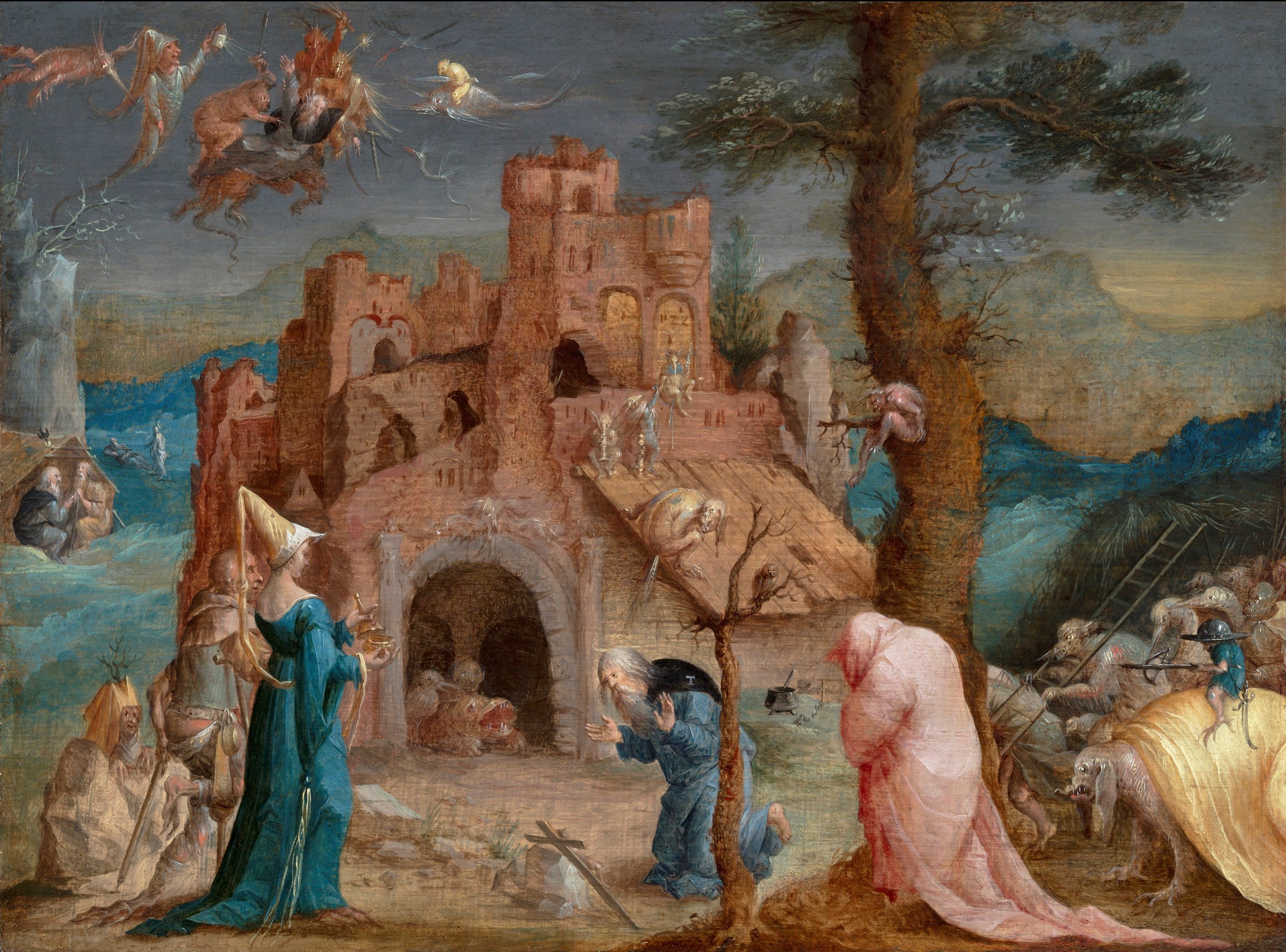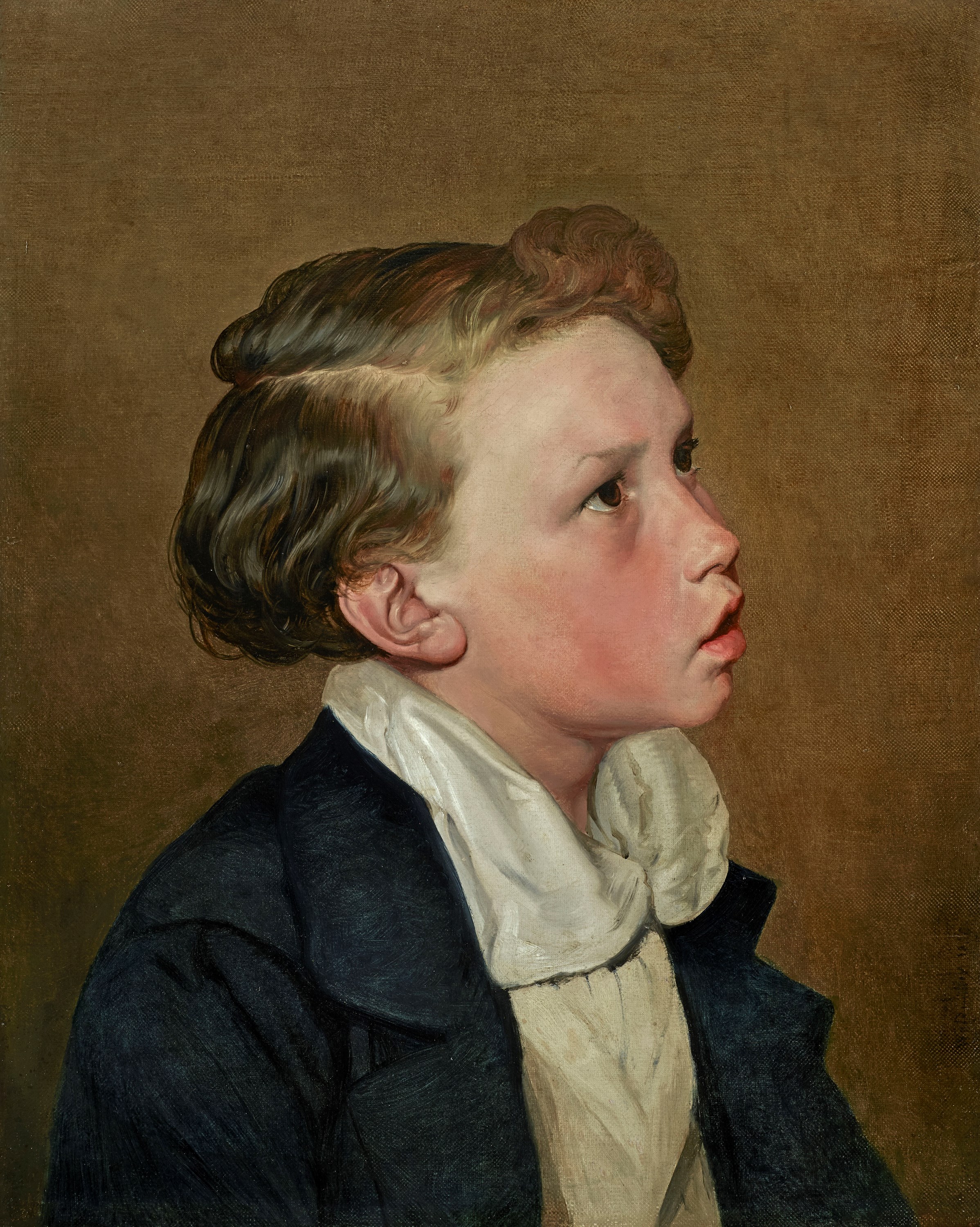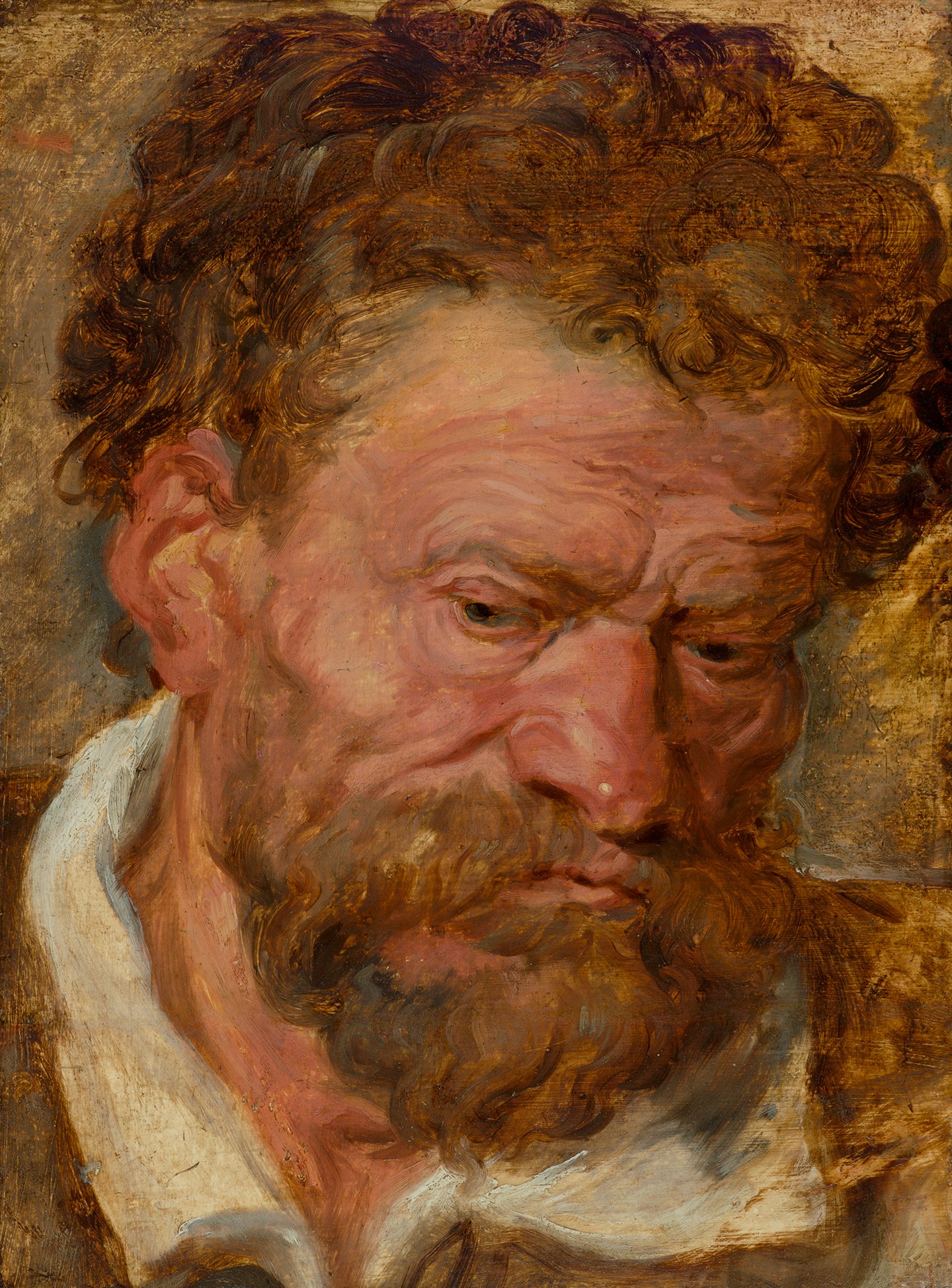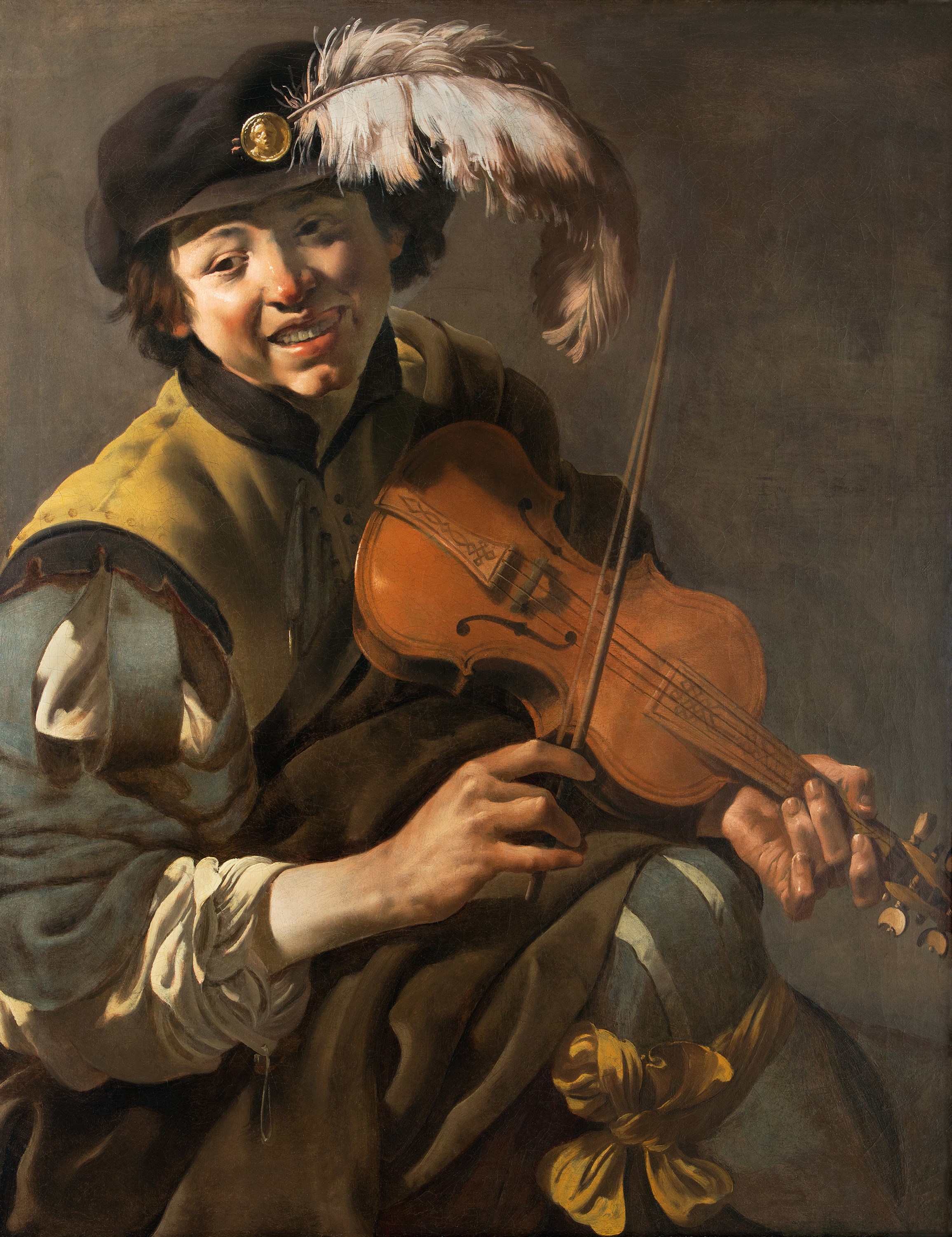(Presumably) Jacques Clemens (1713-1779), canon of St Bavo’s Cathedral, Ghent; his sale (†), Maison Mortuaire, Ghent, 21 June 1779 and following days, lot 311, erroneously as on wood, measuring 6 x 8 pouches, as ‘[...] peint d’une force extraordinnaire, d’un fini préfieux & d’une grande délicatesse’. Monsieur de Preuil, conseiller d& ...
squo;Etat du grand-duché de Berg; his sale, Lebrun, Paris, 28 November 1811 [=1st day], lot 12 (81 francs to Hypolite Delaroche for Segond).
Apollo, 81, May 1965, p. 409, fig. 1. A. Lowenthal, Joachim Wtewael, Doornspijk, 1986, pp. 47, 65 and 106-7, no. A-29.
...
Apollo, 81, May 1965, p. 409, fig. 1. A. Lowenthal, Joachim Wtewael, Doornspijk, 1986, pp. 47, 65 and 106-7, no. A-29.
No larger than the page of a book, this glistening copper plate features the glowing gemstone palette, gracefully convoluted figures, polished finish and miniaturist approach to detail that characterize Joachim Wtewael’s work, and established his reputation as the foremost painter of the later, heroic phase of Dutch mannerism. As often in his oeuvre, the picture’s impact extends fa ...
beyond its modest dimensions. And although the artist frequently returned to the same subjects, this panel stands alone as his only recorded treatment of the Flight into Egypt.
Riding on a donkey across a rocky, hilly path leading to a wooden bridge, the Virgin, at once humble and elegant, holds Christ, whose attention has been diverted by the angels hovering above the travellers. In a subversive touch, the ox that escorts the holy family mimics Christ’s gaze and looks up disapprovingly at the airborne angelic group. The very presence of the ox and angels as additional travel companions is an embellishment on the original biblical story (Lowenthal, op. cit., p. 106). Joseph, whose ruddy complexion and rustic appearance contrast with the Virgin’s porcelain skin and graceful pose, leads the way and gestures towards the viewer, his hand masterfully foreshortened. Wtewael exploits the smoothness of the copper plate and the translucent quality of the oil paint to convey an incredibly wide array of textures, from the coarse wood of the bridge to the fine treatment of the animals’ fur.
The picture is dated 1601, a time that saw a progressive transition in the art of Joachim Wtewael, when he began to temper his earlier exuberance. Figures are less artificially contorted and the masterful handling of naturalistic details, such as the depictions of the ox and the donkey in this picture, prefigure the realism that would come to define the Dutch Golden Age. Although he was an artist of striking originality, Wtewael often looked to important influences from earlier eras as well as contemporary prints. In the present picture, his composition is closely modelled – although in reverse – on an engraving of the subject made circa 1600 after a design by the Antwerp painter Maarten de Vos: the pyramidal arrangement of the protagonists, Joseph’s attire and animated gesture, and the donkey’s position all follow the print to a broad degree. However, far from slavishly following a prototype, Wtewael has enlivened the engraving’s rather stiff design and rendered the composition more complex, dynamic and appealing. Some passages, such as the Virgin’s half-veiled, gently-tilted head, or the splendid angels, are virtually identical to figures in another copper, dated to 1603 or 1608, a Holy Family, whose whereabouts is unknown (Lowenthal, op. cit., pp. 105-6, no. A-28, fig. 40).
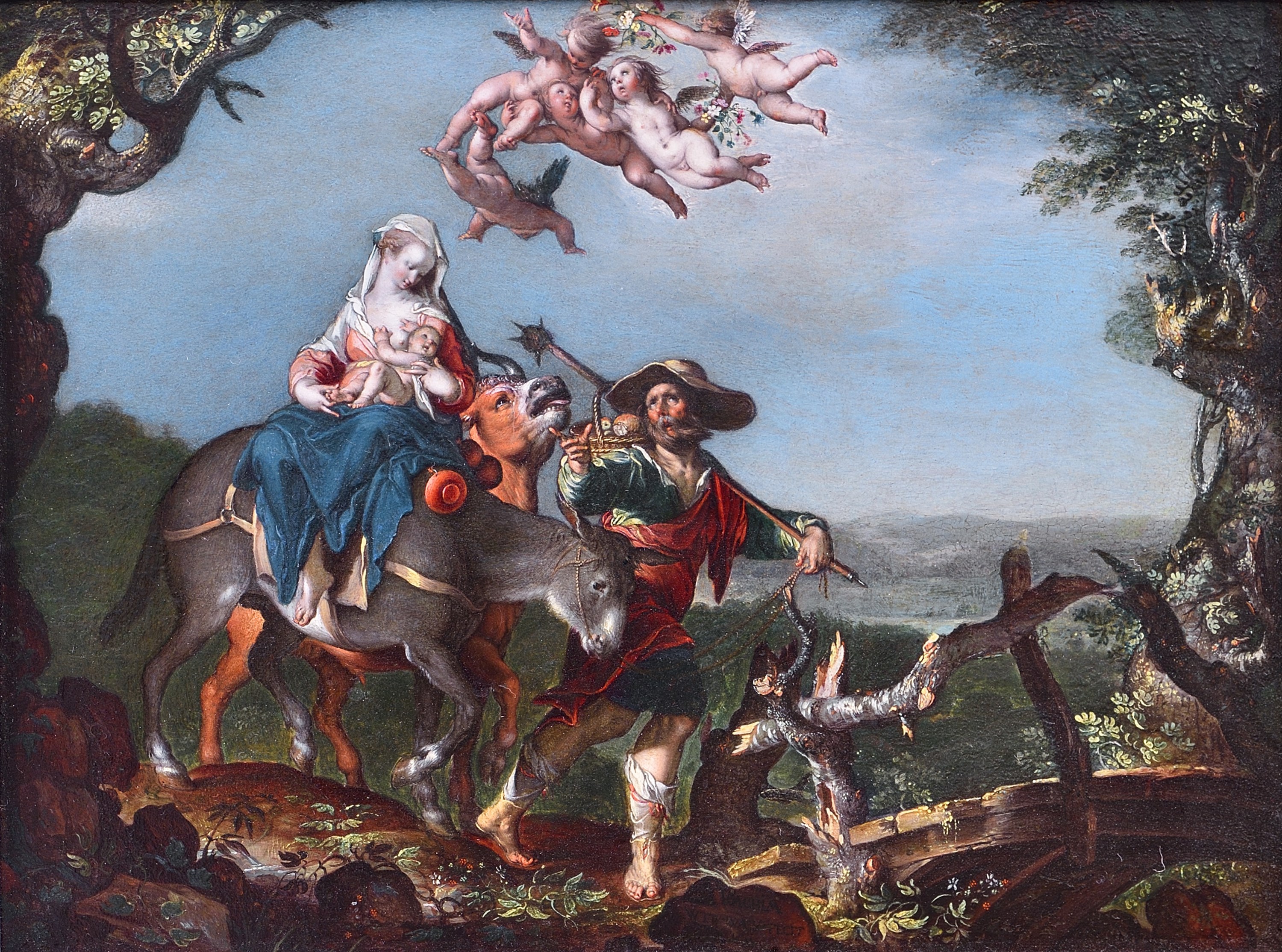
 Facebook
Facebook
 Twitter
Twitter


 Gmail
Gmail
